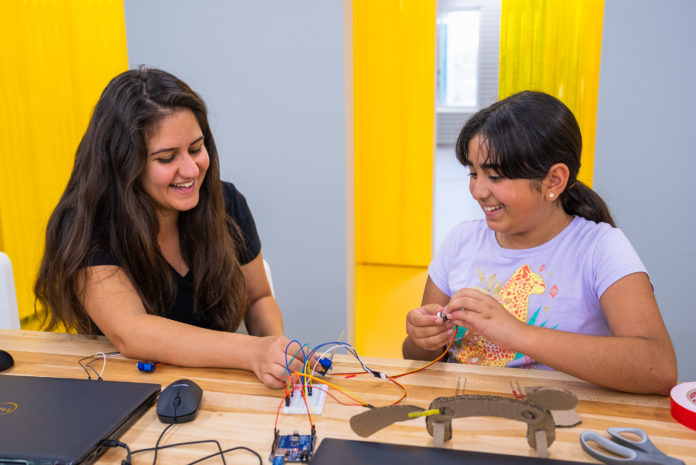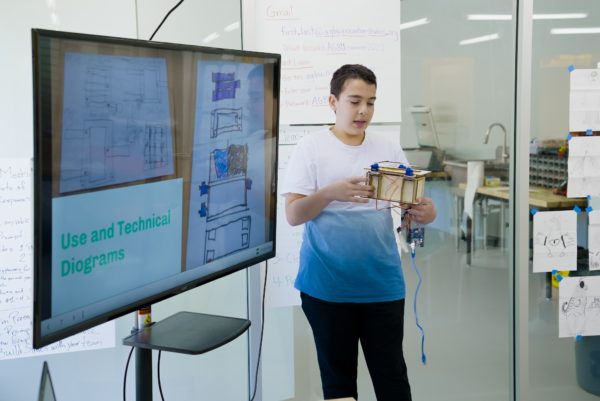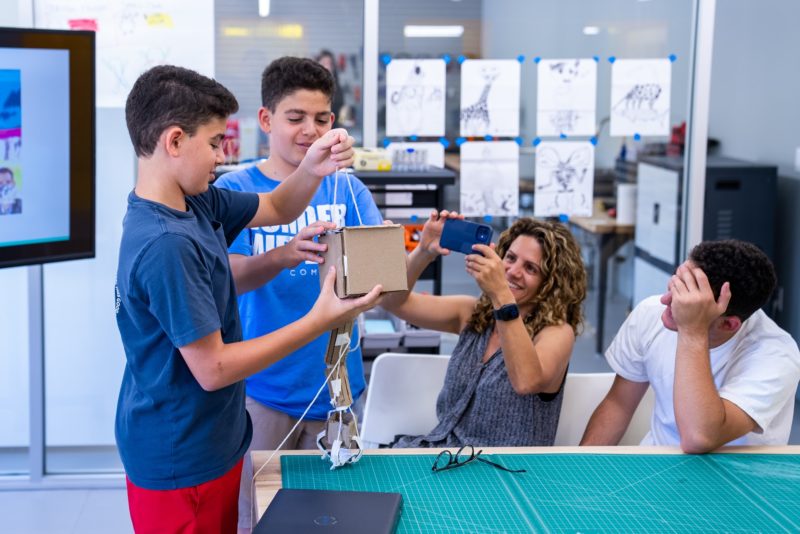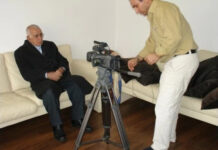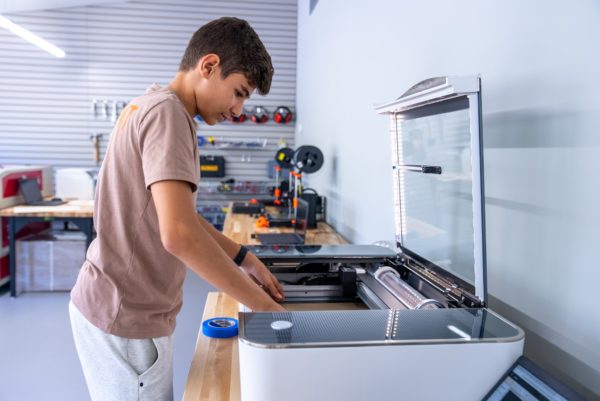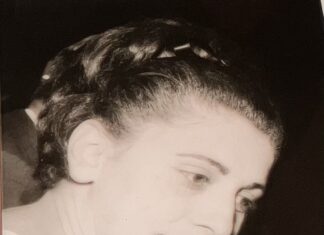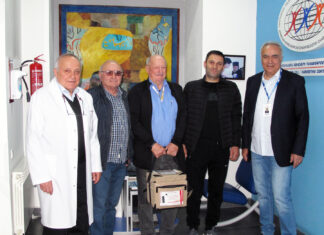By Laura L. Constantine
PASADENA, Calif. — A STEAM education — a method of knowledge exploration that guides student inquiry, dialogue and critical thinking using the fields of science, technology, engineering, the arts, and mathematics — is changing the landscape of learning.
The Armenian General Benevolent Union (AGBU) recently joined the movement with an original initiative called Innovation Studios. The concept breaks the mold by providing middle and high school age Armenian youth with opportunities to not only acquire the hard and soft skills for careers of tomorrow, but also connect with their Armenian identity as an integral part of the process.
The inaugural winter/spring session began in February 2022 with 10-week workshop studios held once per week on Saturdays at the AGBU Vatche and Tamar Manoukian Center in Pasadena.
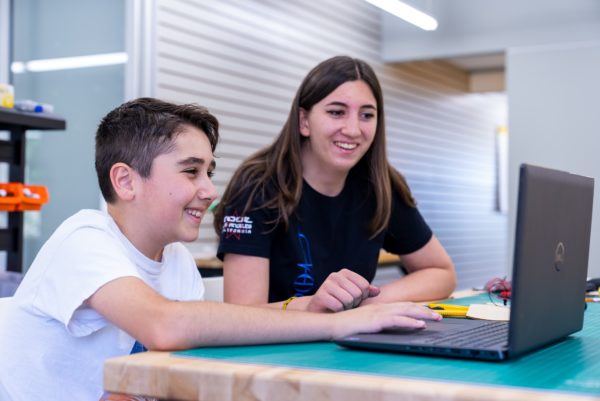
AGBU Western Region’s Educational Programs Manager Nare Avagyan described the vision for Innovation Studios. “Our goal is to provide a creative space in which students are free to explore real world topics and solve complex challenges using creativity and critical thinking. We hope to equip them with the tools and design skills needed to tackle any challenges in their educational or career journey—all while enriching their Armenian identity.”
AGBU Innovation Studios is a hands-on open-workshop environment that works counter to the structured, standardized curricula of the traditional classroom, organized into small groups in which each young person can shine in his or her journey of self-realization. With access to 3-D printers and laser cutters, the latest software in graphics, art, music, photography, video, animation, robotics, and game design, along with a wealth of mixed media materials for traditional arts and crafts, the means to creating inventive and original products of the mind, imagination and spirit are in easy reach.



